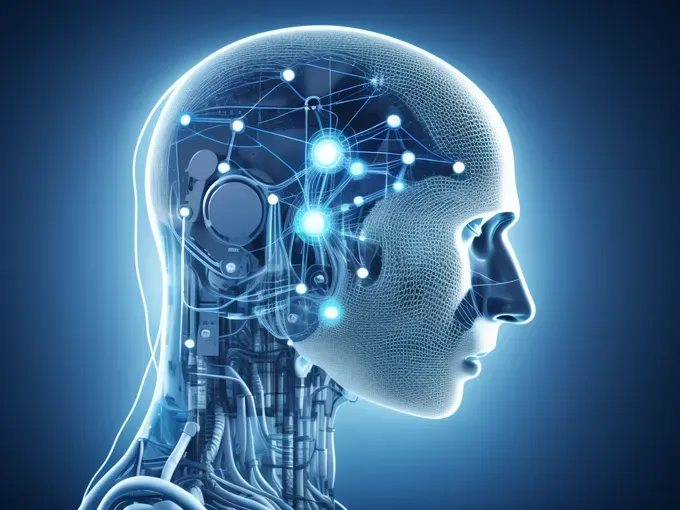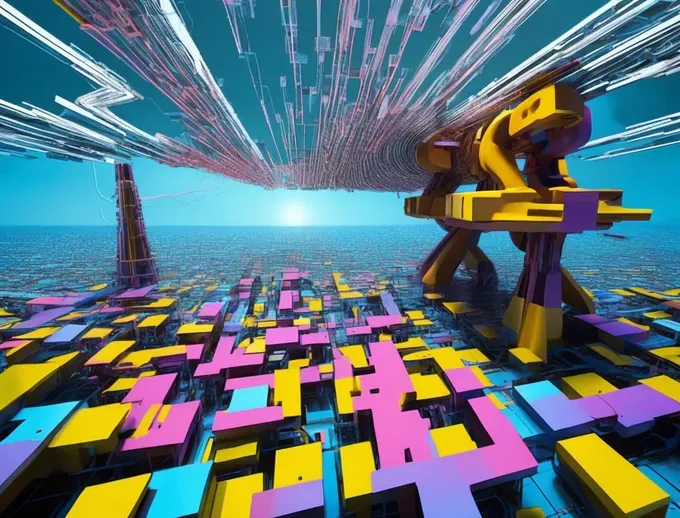C2PA Explained 2024

What is C2PA?
"The C2PA (Coalition for Content Provenance and Authenticity) is an open technical standard developed by an alliance between Adobe, Arm, Intel, Microsoft, and Truepic. The C2PA standard is not only for AI-generated images but is also being adopted by camera manufacturers, news organizations, and others to certify the source and history of media content."
-Perplexity AI
This entire article and all the research was done by PERPLEXITY AI.
Fact Checked By SHiNER The Human. Any errors, blame the human.
First Published Feb 7, 2024
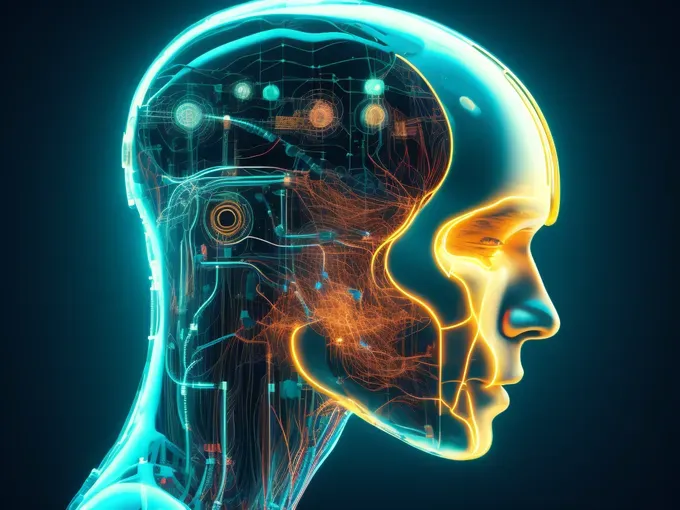
This Image Was Made By KREA, non-C2PA
The C2PA (Coalition for Content Provenance and Authenticity) specifications are a set of standards that allow for the embedding of metadata in images to verify their origin and associated information.
OpenAI has implemented the C2PA standard in its AI image generation models, such as DALL-E 3, to increase transparency and help users quickly identify the source of the generated images.
This metadata includes details like the image generation date and the AI model used to create the image. The aim is to provide a way to certify the source and history of online content, particularly AI-generated images, to combat misinformation and online content fraud[1][2][5].
Citations:
[1] https://indianexpress.com/article/technology/artificial-intelligence/openai-to-watermark-ai-generated-images-using-dall-e-3-9148079/
[2] https://venturebeat.com/ai/openai-joins-meta-in-labeling-ai-generated-images/
[3] https://www.linkedin.com/posts/openai_images-generated-in-chatgpt-and-our-api-now-activity-7160696079171100673-PWtp
[4] https://www.theverge.com/2024/2/6/24063954/ai-watermarks-dalle3-openai-content-credentials
[5] https://the-decoder.com/openai-equips-dall-e-3-with-c2pa-metadata-to-increase-transparency-of-ai-images/
What Does This Mean?
- C2PA (Coalition for Content Provenance and Authenticity) specifications are standards for embedding metadata in images.
- OpenAI has adopted C2PA in AI image generation models like DALL-E 3.
- Metadata includes image generation date and the AI model used.
- The goal is to certify the source and history of online content, especially AI-generated images, to fight misinformation and content fraud.
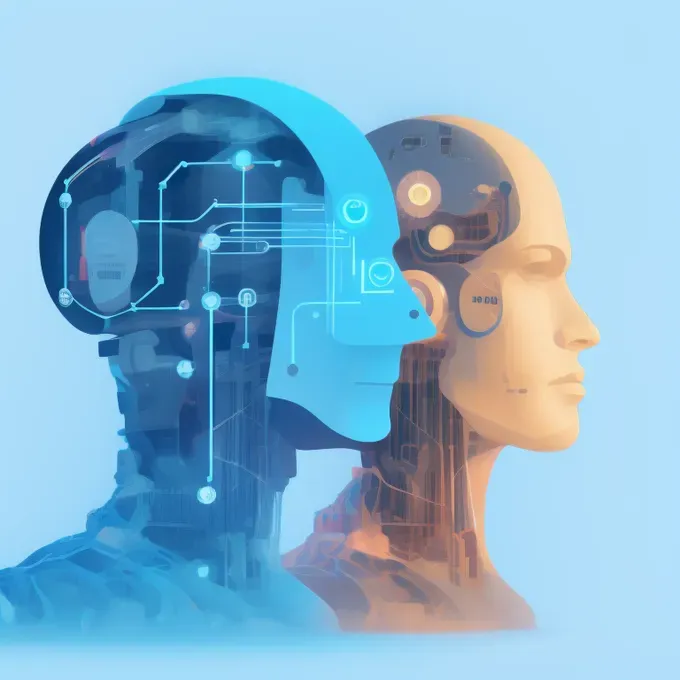
C2PA AI and Human Information Sharing, non-C2PA
How Does This Relate To AI-Generated Images
C2PA, or the Coalition for Content Provenance and Authenticity, is an initiative that aims to establish standards for digital content provenance to ensure transparency and trust in media. It is a response to the challenges posed by the manipulation and misrepresentation of digital content, including images, videos, and documents.
The C2PA specifications provide a framework for embedding metadata within digital assets, which can include information about the asset's creation, authorship, edit actions, and the devices used in its creation. This metadata, known as a manifest, can be used to verify the authenticity of the content and its provenance, or history[1][4].
In the context of AI-generated images, C2PA is particularly relevant due to the rise of generative AI technologies that can create realistic images and art. As AI-generated content becomes more prevalent, distinguishing between what is real and what is synthetic becomes increasingly important.
C2PA helps address this by allowing for the embedding of metadata that can confirm whether an image was generated by an AI model, such as OpenAI's DALL-E 3, and provide details about the generation process. This includes the date the image was created and the specific AI model used. The goal is to provide a way to certify the source and history of online content, particularly AI-generated images, to combat misinformation and online content fraud[1][2][3][5].
OpenAI has implemented the C2PA standard in its AI image generation models, such as DALL-E 3, to increase transparency and help users quickly identify the source of the generated images. This implementation is part of a broader effort to establish provenance and encourage users to verify the origins of media content. However, it is important to note that while C2PA metadata can enhance trust in digital content, it is not a foolproof solution, as metadata can be removed or altered[3][6][8].
Citations:
[1] https://c2pa.org/specifications/specifications/1.0/specs/C2PA_Specification.html
[2] https://www.thesslstore.com/blog/real-photo-vs-ai-generated-art-a-new-standard-c2pa-uses-pki-to-show-an-images-history/
[3] https://help.openai.com/en/articles/8912793-c2pa-in-dall-e-3
[4] https://c2pa.org/specifications/specifications/1.3/index.html
[5] https://c2pa.org/specifications/specifications/1.3/ai-ml/ai_ml.html
[6] https://community.openai.com/t/c2pa-meta-data-in-dall-e-3-images/617061
[7] https://c2pa.org/specifications/specifications/1.2/explainer/Explainer.html
[8] https://the-decoder.com/openai-equips-dall-e-3-with-c2pa-metadata-to-increase-transparency-of-ai-images/
[9] https://gigazine.net/gsc_news/en/20240207-openai-dall-e3-c2pa/
[10] https://c2pa.org/specifications/specifications/1.3/explainer/Explainer.html
[11] https://www.technologyreview.com/2023/07/28/1076843/cryptography-ai-labeling-problem-c2pa-provenance/
[12] https://www.inc.com/ben-sherry/your-ai-generated-images-need-labels-according-to-meta-openai.html
[13] https://c2pa.org/specifications/specifications/1.3/guidance/Guidance.html
[14] https://c2pa.org/specifications/specifications/1.3/specs/C2PA_Specification.html
[15] https://venturebeat.com/ai/openai-joins-meta-in-labeling-ai-generated-images/
[16] https://c2pa.org
[17] https://arstechnica.com/information-technology/2023/10/adobe-launches-new-symbol-to-tag-ai-generated-content-but-will-anyone-use-it/
[18] https://www.gizmochina.com/2024/02/07/openai-dall-e-3-watermarks/
[19] https://www.prnewswire.com/news-releases/c2pa-releases-specification-of-worlds-first-industry-standard-for-content-provenance-301468394.html
[20] https://www.vox.com/technology/23746060/ai-generative-fake-images-photoshop-google-microsoft-adobe
[21] https://www.linkedin.com/posts/rudolfwagner_inside-openais-plan-to-make-ai-more-democratic-activity-7160625699538485248-V_nr
[22] https://contentauthenticity.org/blog/exploring-the-open-standard-for-content-provenance-the-c2pa-draft-specification-and-the-path-to-adoption
What Does This Mean?
- C2PA (Coalition for Content Provenance and Authenticity) aims to establish standards for digital content provenance to ensure transparency and trust in media.
- C2PA specifications provide a framework for embedding metadata within digital assets, including information about creation, authorship, edit actions, and devices used.
- C2PA is relevant in the context of AI-generated images to distinguish between real and synthetic content.
- Metadata can confirm if an image was generated by an AI model and provide details about the generation process.
- The goal is to combat misinformation and online content fraud by certifying the source and history of online content.
- OpenAI has implemented C2PA in AI image generation models like DALL-E 3 to increase transparency and help users identify the source of generated images.
- C2PA metadata can enhance trust but is not foolproof as it can be removed or altered.
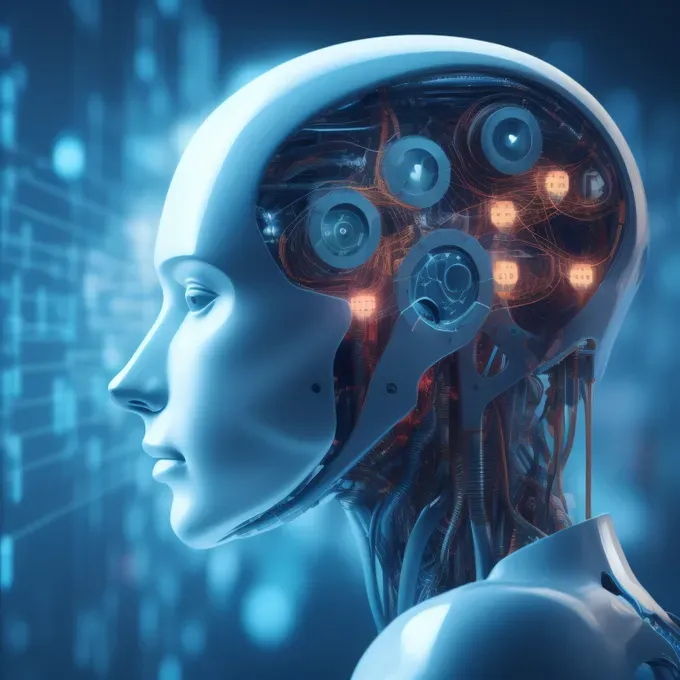
By PERPLEXITY AI
Feb 7, 2024






